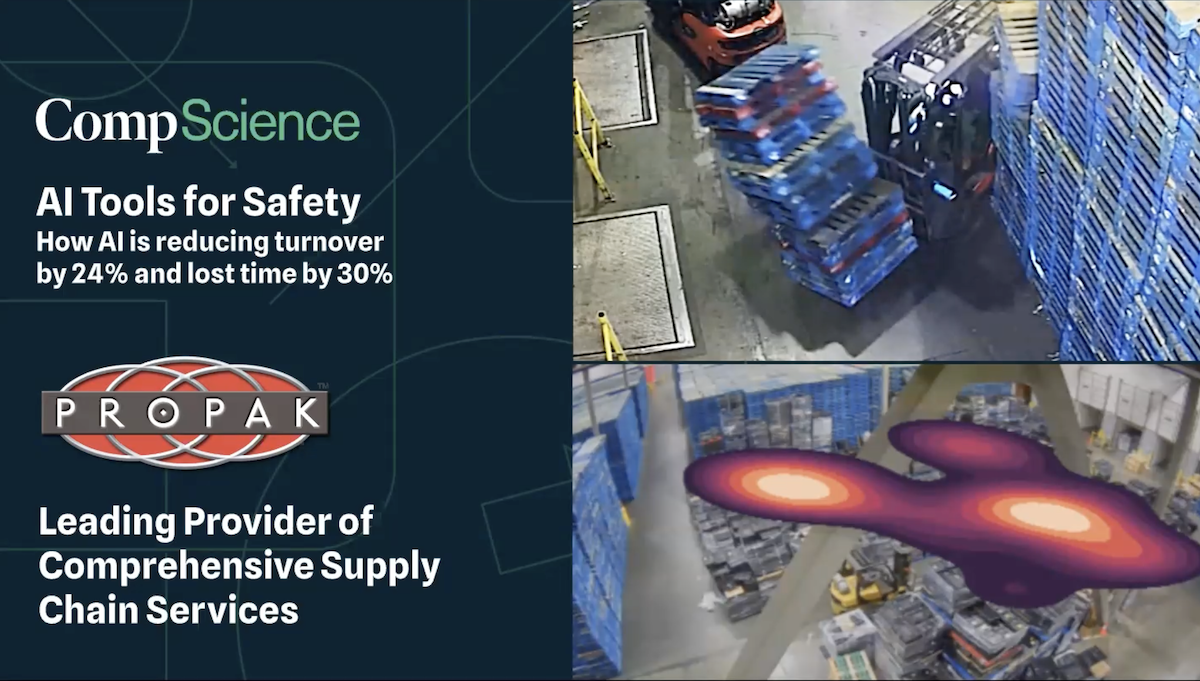How Can Cumulative Trauma Be Prevented In The Workplace?
Cumulative trauma, also known as repetitive strain injury (RSI), is a type of injury that is caused by the repeated use of the same muscles or joints over an extended period of time. Here are a few strategies that can be used to prevent cumulative trauma in the workplace:
- Ergonomic equipment: Using ergonomic equipment, such as chairs, keyboards, and mice, can help reduce the risk of cumulative trauma.
- Workstation design: Ensuring that workstations are designed with ergonomics in mind, with proper positioning of monitors, keyboards, and other equipment, can help reduce the risk of cumulative trauma.
- Breaks: Encouraging employees to take breaks and stretch regularly can help reduce the risk of cumulative trauma.
- Training: Providing employees with training on proper posture and body mechanics can help reduce the risk of cumulative trauma.
- Job rotation: Rotating employees through different tasks or job functions can help reduce the risk of cumulative trauma by allowing muscles and joints to rest and recover.
Overall, a combination of ergonomic equipment, workstation design, breaks, training, and job rotation can help prevent cumulative trauma in the workplace.






